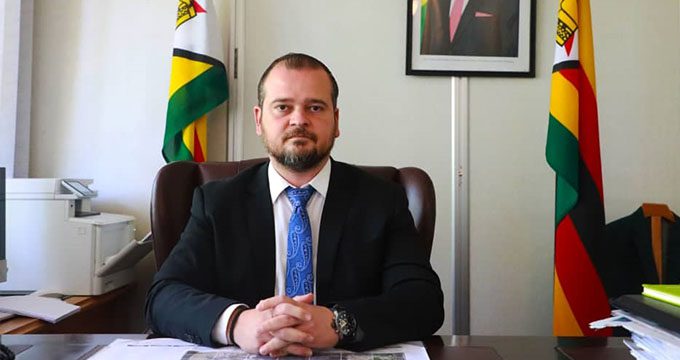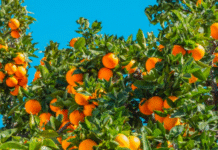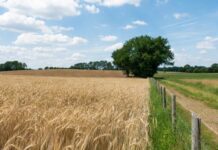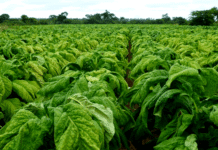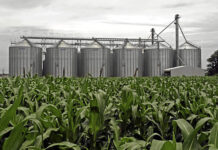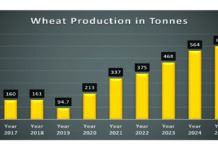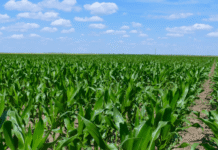ZIMBABWE’s raw milk output increased by 4 percent to 78,3 million litres in the eight months to August this year, compared to the same period last year, as the Government seeks a US$71,4 million investment.
This is according to the latest statistics released by the Dairy Services Unit (DSU) recently.
Zimbabwe Association of Dairy Farmers (ZADF) national chairman, Mr Edward Warambwa, said the country was still on course in terms of achieving positive growth in milk output for 2025; however, it may fall slightly below the projected annual target of 15 percent.
“We are confident that growth will be attained, given the joint efforts by stakeholders in the dairy industry to revitalise the sector.
“The good rains over the past season have been quite helpful in improving feed availability and quality of pastures,” he said.
As a plus, farmers have continued adopting cost-effective ways of maximising milk yields at the lowest possible feed cost.
Mr Warambwa highlighted that through the constant provision of pluralistic extension services on dairy production, genetics, animal health and nutrition from the Government and private sector, farmers’ yields have continued to grow.
“Recently, we welcomed the Government’s decision to slash fees and eliminate regulatory duplications that have been hindering the competitiveness of our dairy farmers.
“Although the new position is yet to be officiated, it is a significant step towards creating a more favourable business environment for dairy producers,” he noted.
Stakeholders in the industry note that there is great potential for the milk output to increase, but that continues to be threatened by sluggish milk producer prices against increasing costs of production (especially feed), lack of suitable dairy financing options and intermittent power supply.
Erratic weather patterns continue to affect dairy farmers’ potential to increase output.
Meanwhile, Lands, Agriculture, Fisheries, Water and Rural Development Deputy Minister, Vangelis Haritatos, earlier in the week, highlighted that raw milk production was projected to increase to 125 million litres this year from 115 million litres in 2024.
He disclosed this during engagements between the Government, the private sector and other stakeholders in the agriculture and food systems with a high-level Danish Business Delegation in the country to explore investment opportunities.
“Some 25 years ago, national milk output was around 250 million litres; it dropped to 37 million litres in 2009, resulting in the Government’s intervention to rescue the industry.
“The fruits of the intervention are now bearing fruit as production has recorded an exponential growth over the years, with this year’s projections indicating an output of 125 million litres,” he said.
Milk production peaked in 1990 with an output of 262 million litres from the largest total dairy herd of 119 220.
The country is expected to be self-sufficient from local production next year as milk output is expected to be over 131 million litres required locally per annum. By 2030, milk production is expected to grow to 155 million.
“An investment of US$71,4 million is required to procure breeding stock, processing equipment and cold chain facilities.
“Mechanisation (tractors, hay baling, cattle handling facilities, loading ramps), inputs production (stock feed, veterinary chemicals, vaccines, dipping and vaccination equipment, spray races, feeding and water troughs) as well as paddocks and fencing will also be funded from the same investment amount,” the deputy minister added. – Herald


